3-Day Japanese History and Culture Tour of Nagano from Osaka
Take an excursion to the Nagano countryside for a slice of samurai and ninja history.
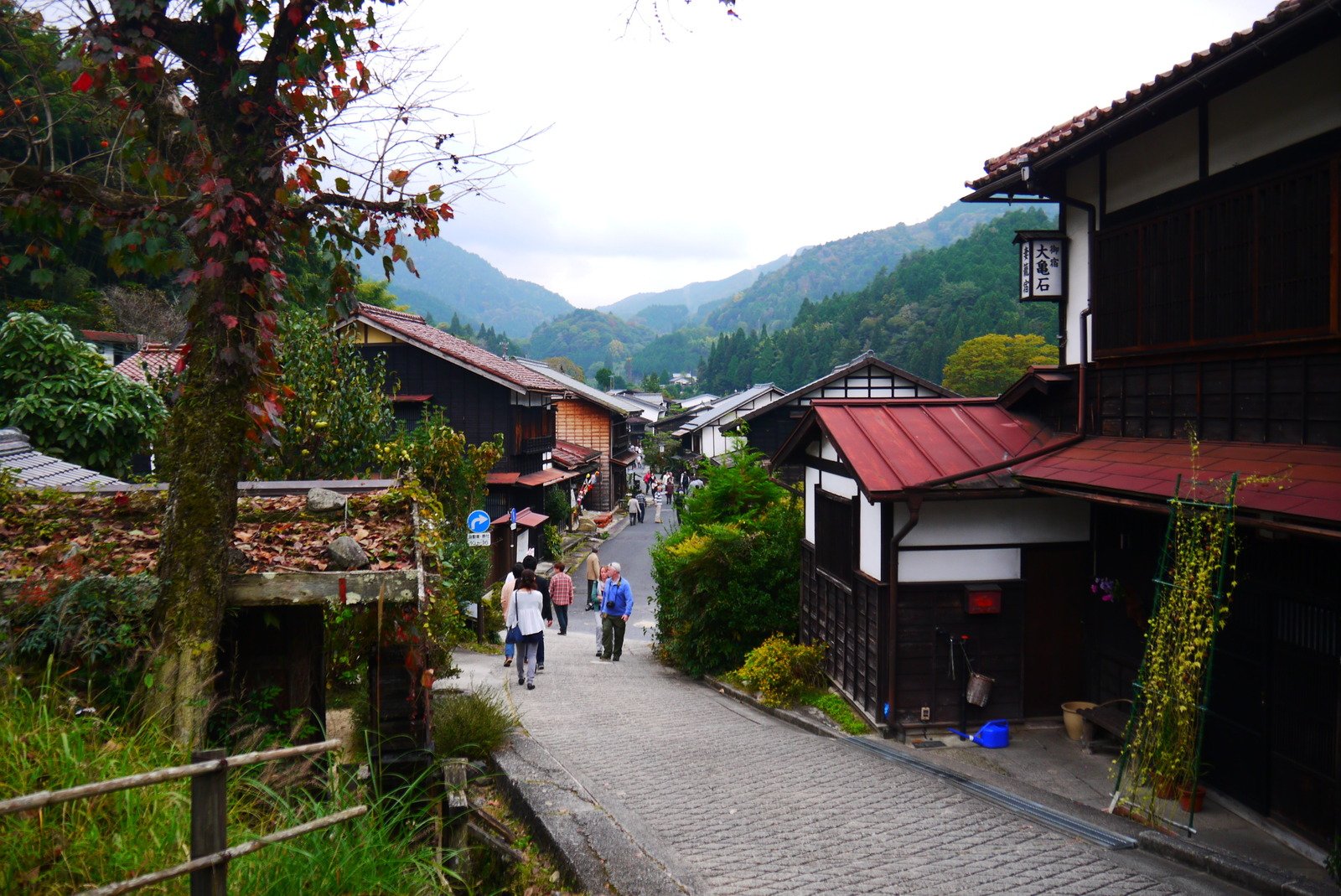
Take an excursion to the Nagano countryside for a slice of samurai and ninja history.
3-Day Tour of Nagano for Japanese History and Culture Buffs
Trip Highlights
- Walk the Edo-Era Nakasendo Trail (a.k.a. the “Samurai Trail”)
- Stay at a classic inn at a well-preserved post town
- Tour Matsumoto Castle, one of Japan’s only original wooden castles
- Search for ninja amongst ancient cedar trees in Togakushi
Itinerary
Day 1: Nakasendo Walk and Post-town Stay
Walk back to samurai times trekking through the Kiso Valley.
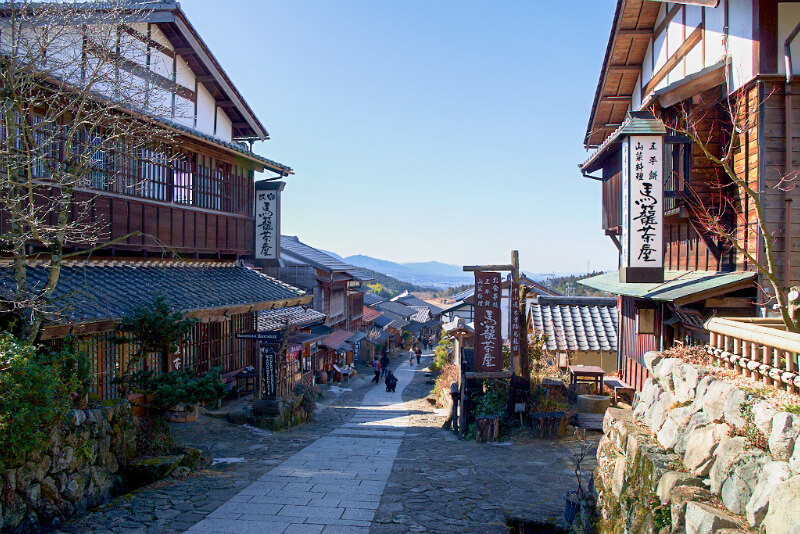
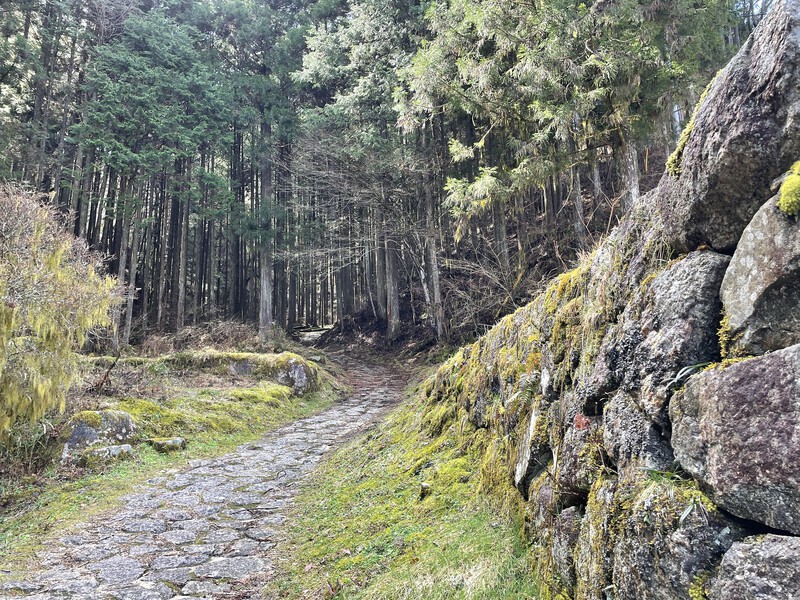
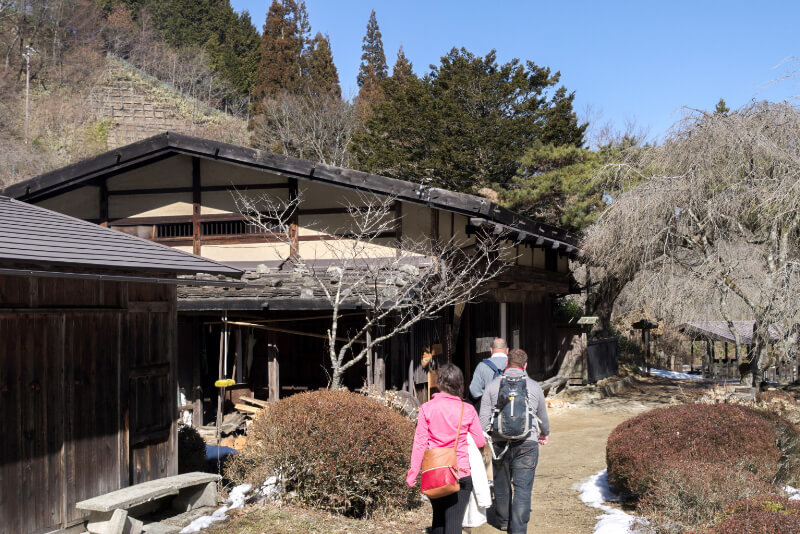
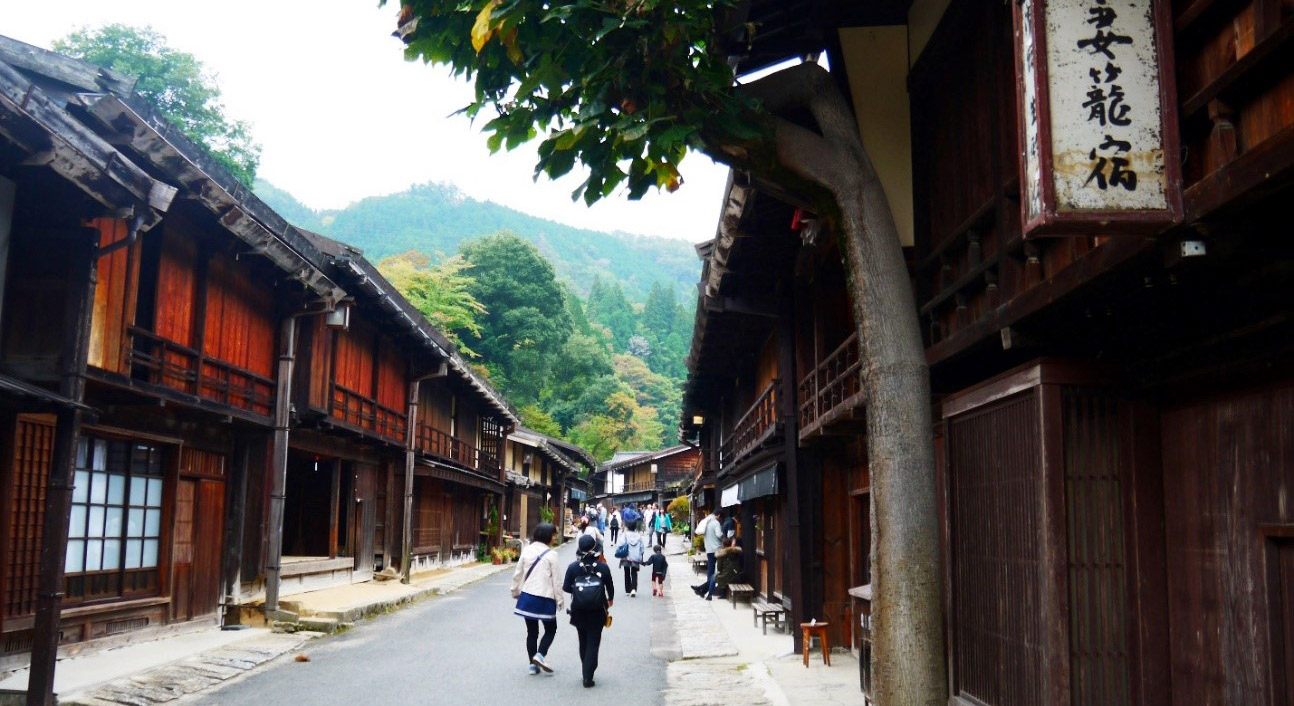
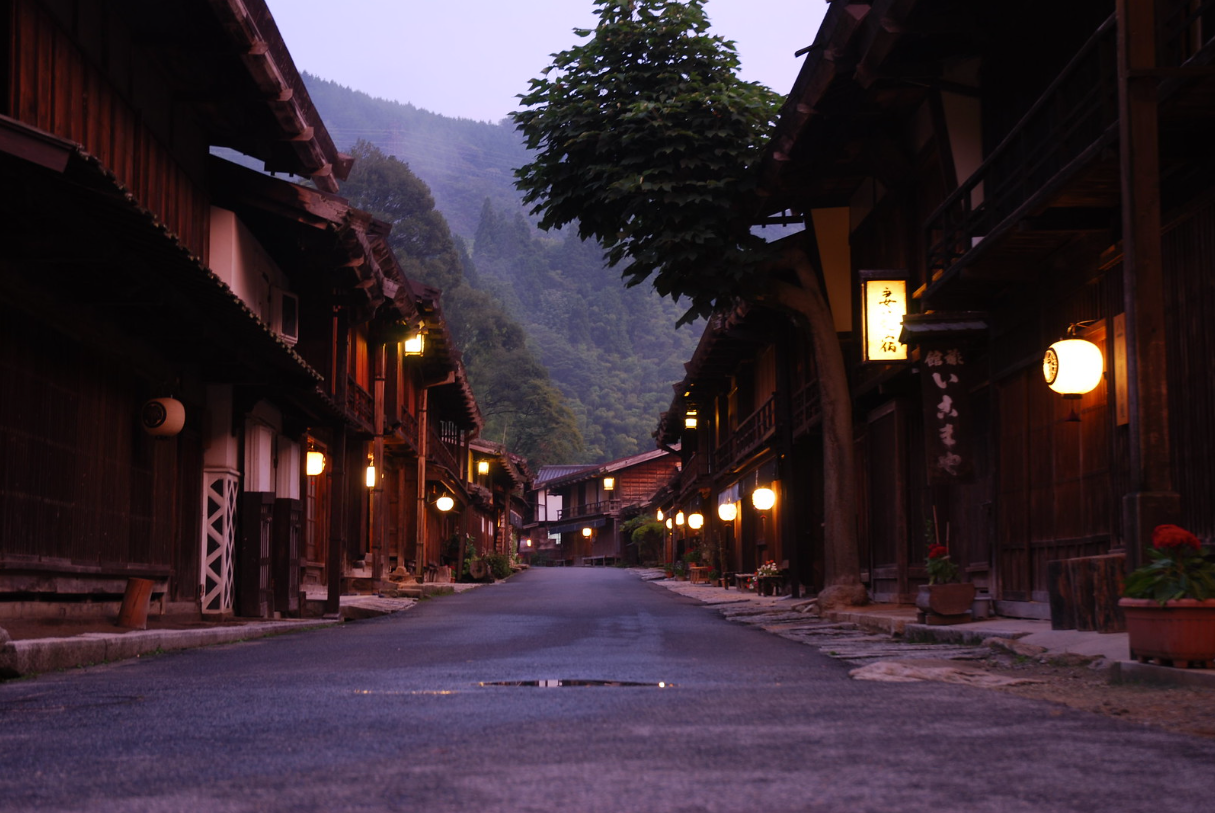
Day 2: Castle Town Matsumoto
Explore this classic castle town and the Ukiyo-e Museum.
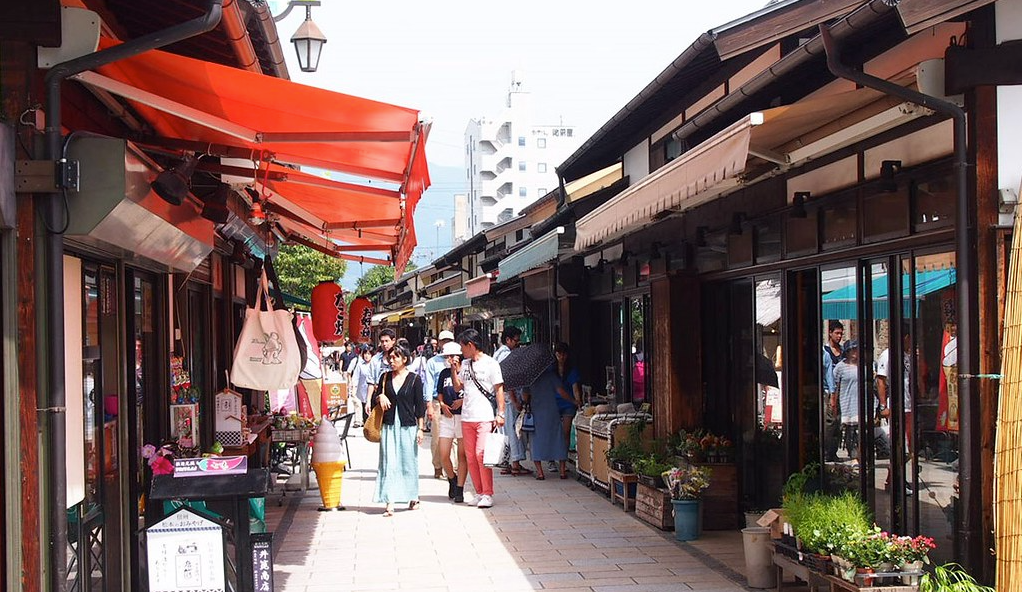
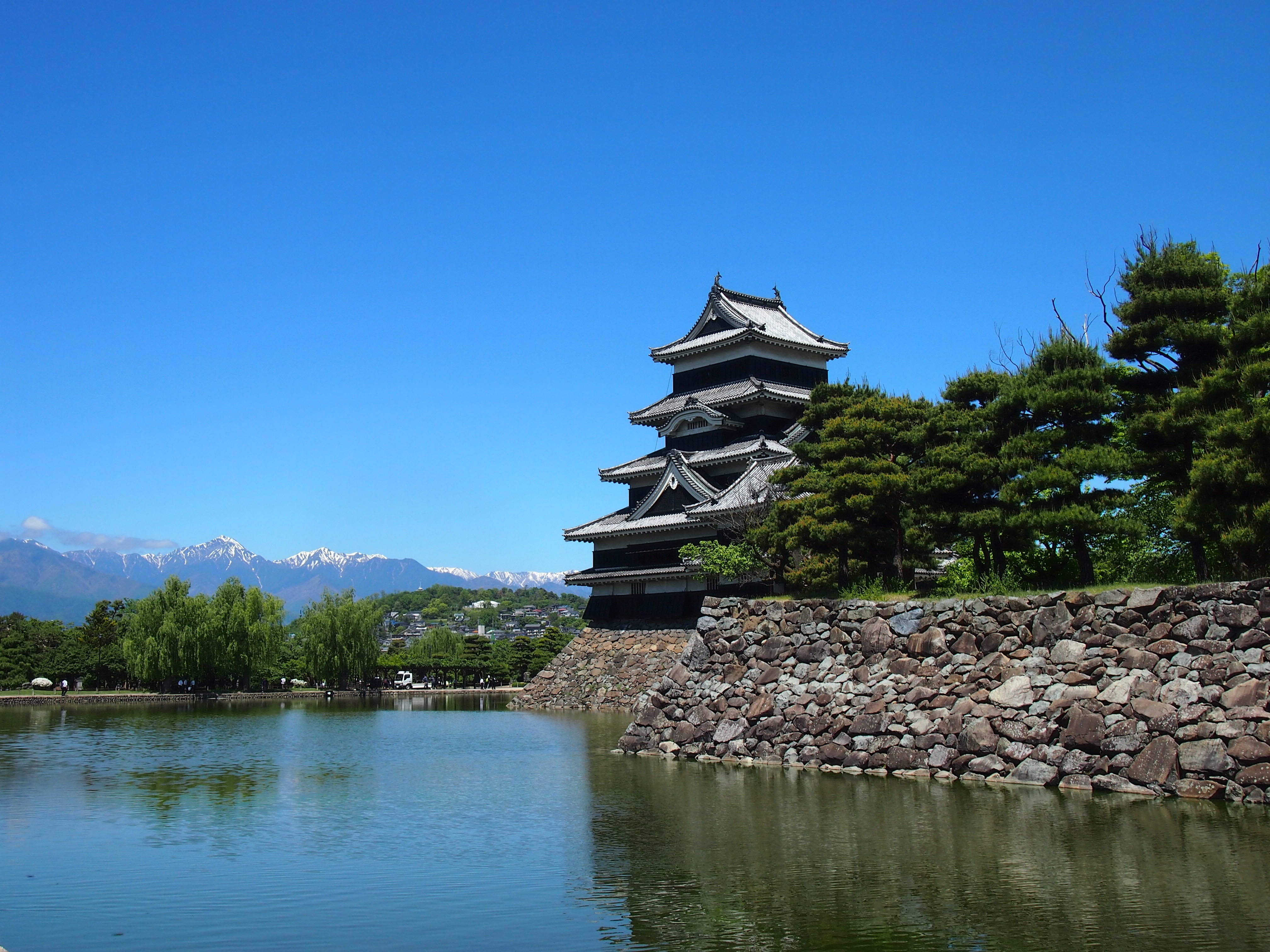
Day 3: The Ninja and Temple Town of Nagano
Nagano City, famous for hosting the 1998 Winter Olympics, is at heart a temple town based around the venerable Zenkoji Temple. Above the urban center is the Togakushi Highland famous for its spirituality, soba (buckwheat) noodles and ninjas!
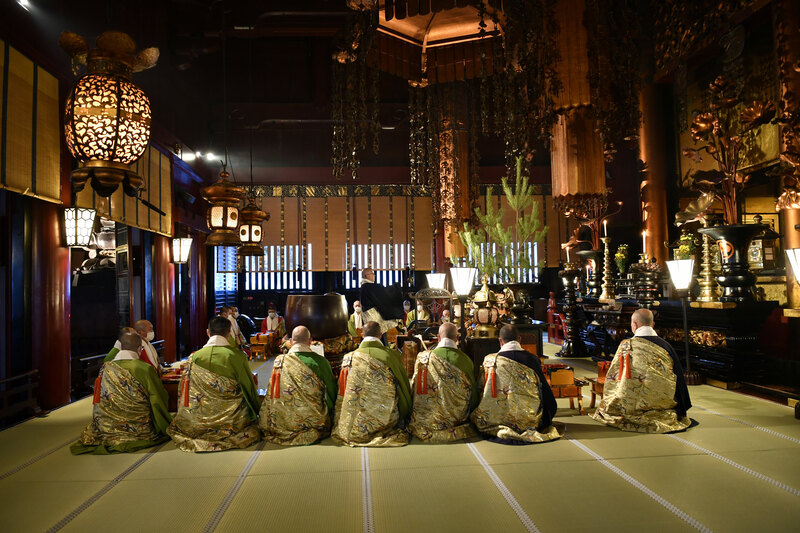

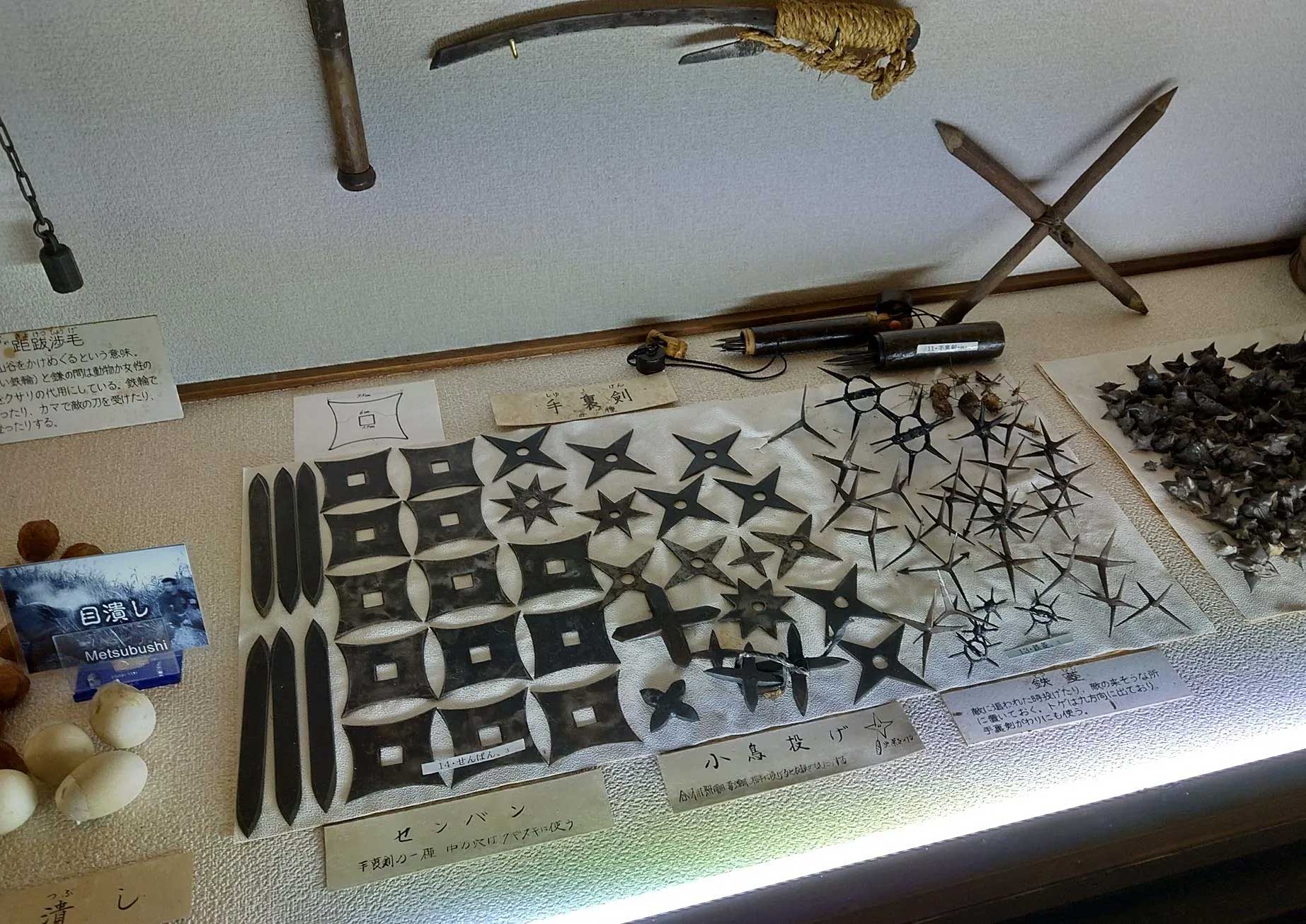
Map
For further reference, Osaka’s official tourism website features a 3-day / 2-night itinerary for seeing more of Kiso and vicinity and a 4-day / 3-night itinerary for Matsumoto and vicinity.

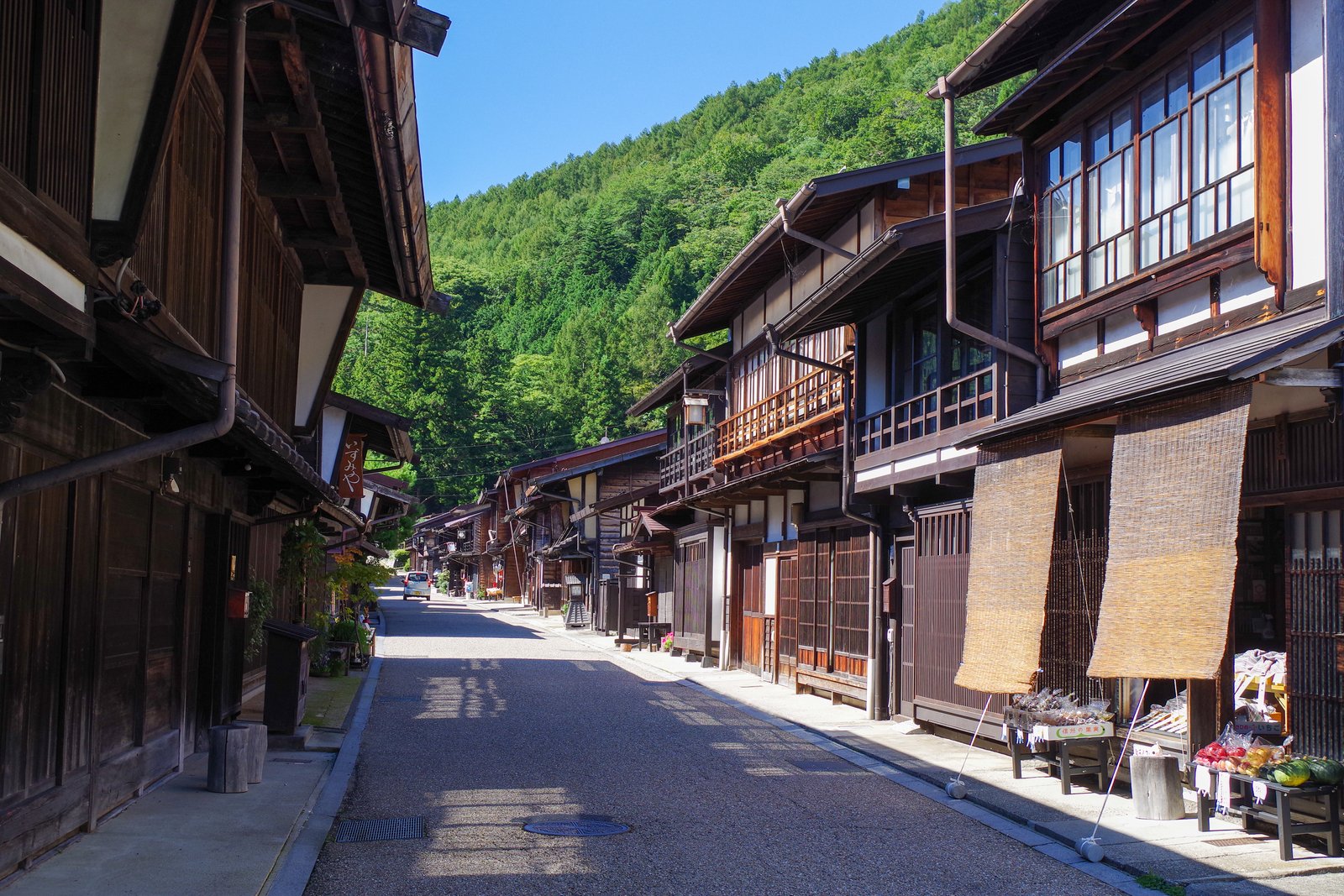
![Matsumoto Castle [Guide]](https://www.go-nagano.net/hubfs/Imported_Blog_Media/18040_ext_01_en_0_L.jpg)